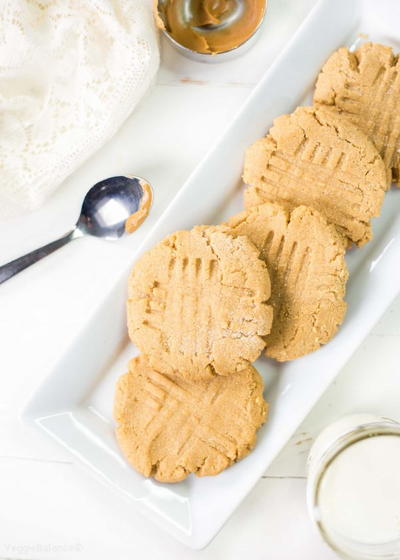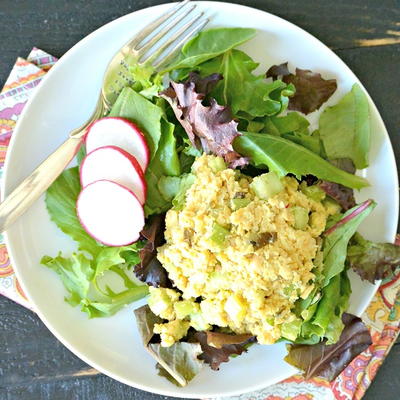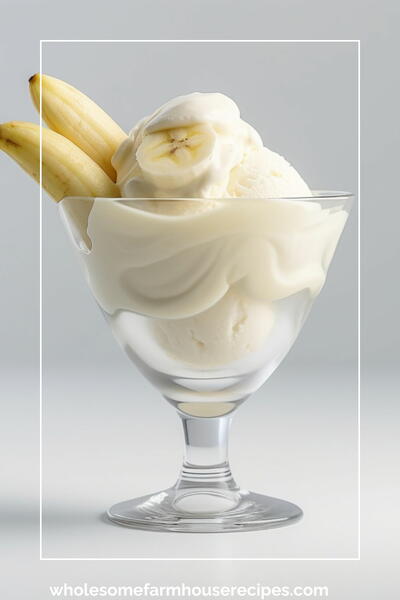The Macrobiotic Diet Plan
Originally from Japan, the macrobiotic lifestyle is part Zen Buddhism and part vegetarian diet.
What it is: The macrobiotic diet utilizes Japanese philosophy to achieve a balance of yin and yang in food. More than a diet, the macrobiotic lifestyle incorporates a spiritual attitude to achieve what “macrobiotic” means in Greek, “long life.”
How it works: The strict diet balances yin foods, those are cold, sweet and passive, with yang foods, which are hot, salty and aggressive. This balance is supposed to promote overall health and help protect against disease, though this is not scientifically validated.
What you do: At worst, the plan calls for a diet of brown rice and water as the ultimate yin-yang balance, but much more commonly practitioners eat a variety of natural, mostly vegetarian foods. Practitioners can occasionally eat fish, but eat mostly whole grains (especially brown rice), vegetables, beans, fermented soy and soups.
Benefits: This super low-fat, high fiber diet will likely encourage weight loss. Because of the reliance on soy products, this diet is rich in phytoestrogens which may reduce the risk of breast cancer, but there is no direct evidence that a macrobiotic diet itself will reduce the risk of breast cancer.
Downsides: For many, this diet can be too restrictive, especially since many beneficial fruits and vegetables are prohibited as too extreme in the balance of yin and yang. This diet can cause certain nutritional deficiencies.
Read Next7 Day Meal Plan for a Low Fat Diet









